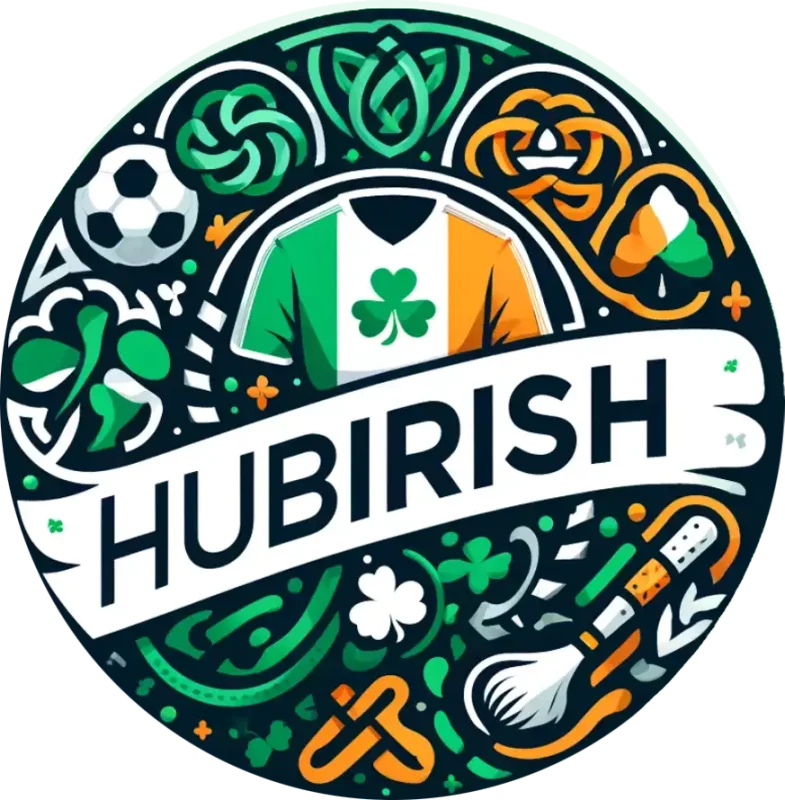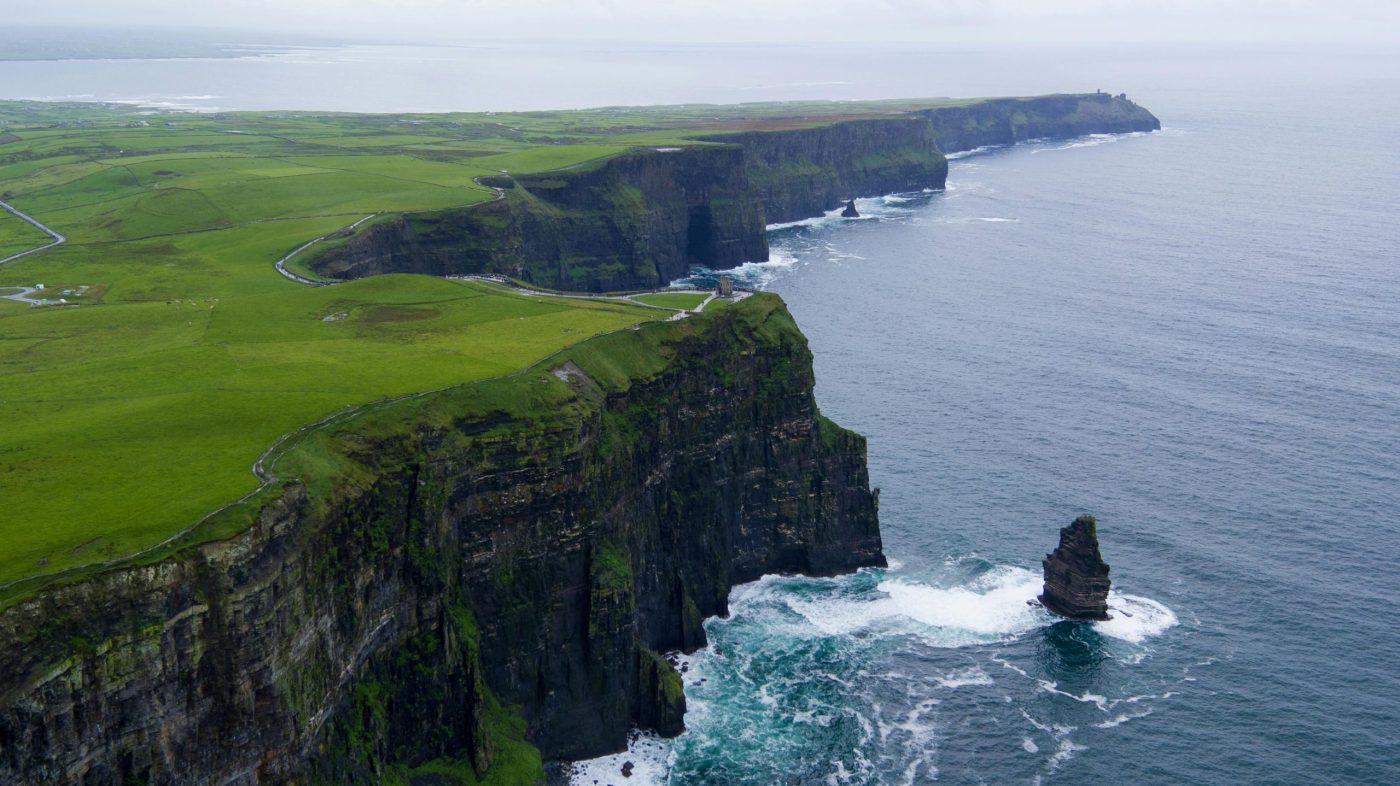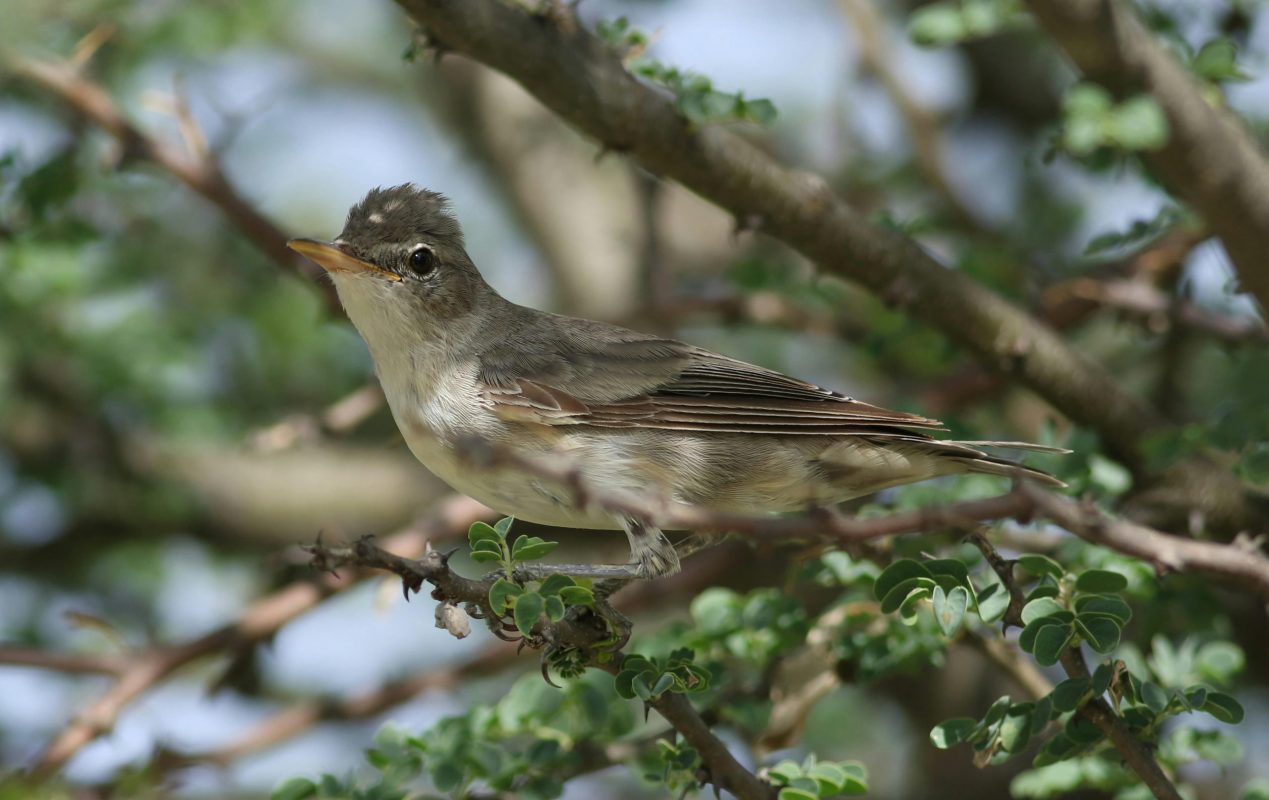From the Shadows of Willowbrook: The Untold Story of Mary Kelly and the Fight for Justice
Estimated reading time: 6 minutes
Key Takeaways
- Mary Kelly’s activism was fueled by personal tragedy.
- Her efforts led to significant changes in victims’ rights legislation in Ireland.
- Mary’s story continues to inspire advocates for justice across the nation.
Table of Contents
Introduction
The Heart of the Story
The Wider Echo
The Now & The Next
Did You Know?
FAQs
Final Word
Introduction
In a land where the tall tales of heroes often eclipse the quiet struggles of the forgotten, Mary Kelly emerged—a phoenix from the ashes of loss, a voice for the voiceless, a relentless seeker of justice. From the shadows of Willowbrook, where the whispers of the past intertwine with the present, her story is not just a personal saga; it is a clarion call echoing across the hills of Ireland, reminding us that the fight against injustice knows no boundaries.
The Heart of the Story
Mary Kelly, born in the heart of Galway, was raised amidst a tapestry of familial love and community spirit, yet she soon faced life’s cruelest whims. In 2002, tragedy struck when her son, Jonathan, was brutally murdered. His death was a turning point, not just for Mary but for a nation still grappling with its own shadows. The relentless pursuit of truth became her lifeblood, driving her to transform her grief into a movement that demanded accountability. Each leaf turned over, each door knocked upon, was a testament to a mother’s resolve—a mother grieving, but unyielding in her quest for justice.
The Wider Echo
Mary’s struggle resonated far beyond the borders of her beloved Galway, igniting a fire within the hearts of countless others who felt robbed by a system that often felt broken. Her tireless advocacy led not only to increased awareness of victims’ rights but also to vital discussions surrounding violence and loss in Ireland. “If we don’t speak up, who will?” she often quipped—a battle cry that bypassed mere rhetoric and instead became the drumbeat of a movement, uniting families, activists, and advocates across the nation. Mary’s journey from personal despair to public defiance painted a broader picture of an Ireland grappling with its own past, pushing forward into a future where grief must lead to justice.
The Now & The Next
Today, as we stand amidst waves of crises—housing, mental health, and social inequality—Mary’s legacy continues to embolden advocates who ask the difficult questions, who push for change. In this spring of unrest, her voice still echoes, nudging us to confront our truths. As we gather on the sidelines of community football matches, or in the heart of a bustling Dublin pub, let us carry Mary’s message: justice is not a solitary fight; it is a shared dream forged in community bonds and collective courage. There is always hope, she reminds us, even in the darkest of times, because the heart that seeks justice will never tire.
Did You Know?
- Mary Kelly was a prominent figure in the establishment of families’ rights groups in Ireland, advocating for victims of violent crime and their families.
- Her tireless campaigning played a crucial role in the introduction of the Victims’ Rights Bill in Ireland, aimed at improving legal protections for victims.
FAQs
What inspired Mary Kelly’s activism?
The tragic murder of her son propelled her into a public role, pushing her to seek justice for Jonathan and others affected by crime. You can find more about related advocacy efforts in Cork.
How can I support the victims of violent crime in Ireland?
Support local charities and organizations focused on victims’ rights, attend community meetings and engage in conversations that promote awareness and healing.
Final Word
Mary Kelly’s story is a profound part of our Irish narrative—a tale of resilience, loss, and the fevered fight for justice. Every whisper of her name in the heart of urban Dublin or the quiet fields of Galway reverberates with the promise of hope. So, as we stand shoulder to shoulder in pursuit of truth and justice, remember, “If you carry the same pride we do, you’ll find a piece of home waiting at
HubIrish.com.”


